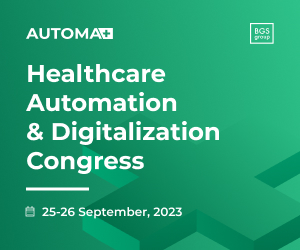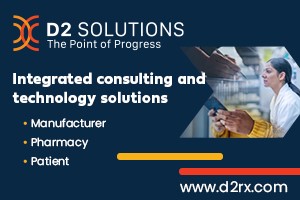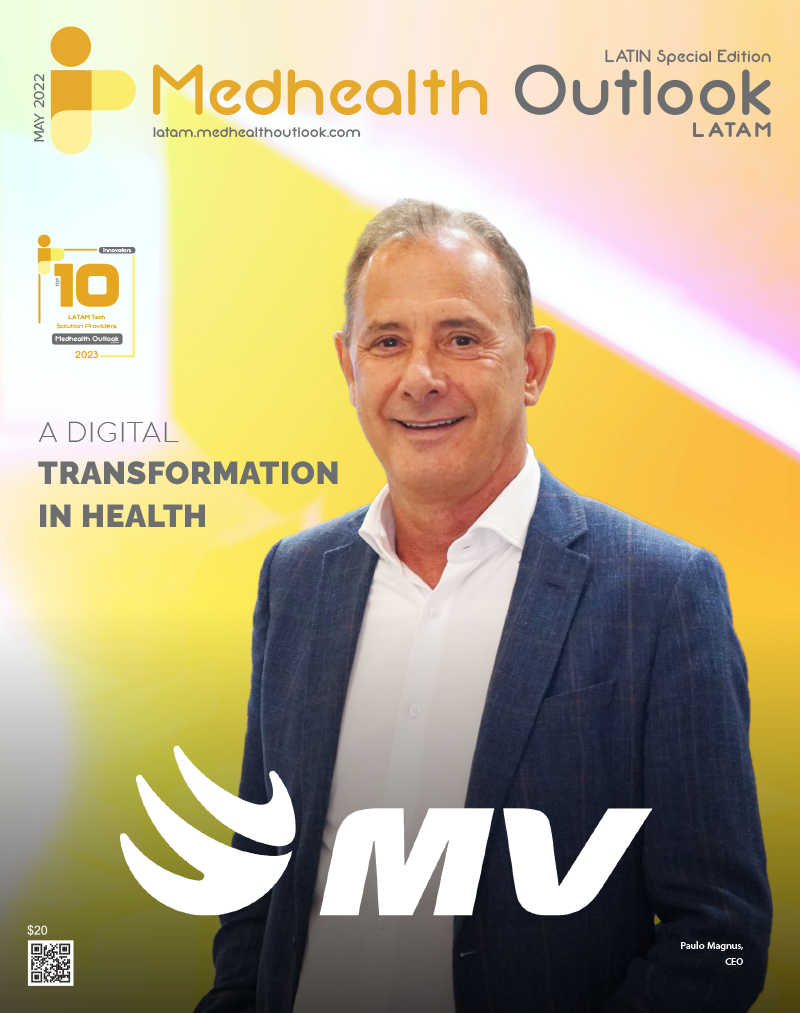The healthcare landscape has undergone significant transformation over the last four years, driven by the COVID-19 pandemic and ongoing technological advances. These changes have impacted every facet of the healthcare ecosystem—from healthcare providers to patients—and the effects are far-reaching. As a consultant working with a wide range of healthcare organizations, including large, mid-sized, and small hospitals and systems, spanning nonprofit, for-profit, academic, and rural facilities, I have witnessed firsthand how these organizations are grappling with these challenges. Despite the uniqueness of each institution, there are a few core insights that can help move the needle in the right direction for organizational change and growth.
Navigating the Post-Pandemic Workforce
Perhaps one of the most visible and immediate challenges in healthcare today is learning how to navigate the post-pandemic workforce. The pandemic forced many healthcare organizations to adapt to new working conditions, especially in administrative roles, where hybrid work models have become more common. Flexibility is crucial in adopting these hybrid models while balancing the needs of employees who work in different environments.
For organizations to successfully implement these work models, they must establish clear expectations, protocols, and metrics for performance. This includes defining availability requirements, work outputs, and methods of communication for remote and in-person staff. Prioritizing employee well-being is critical to ensuring collaboration and engagement. Shifting the focus from time spent in the office or healthcare facility to actual results and productivity will help both employees and leadership better understand and measure success. In this environment, productivity metrics should align with results-driven strategies that reward output and high performance, rather than simply hours logged.
Financial Strain and Rising Costs
Another significant pressure on healthcare systems is financial sustainability. Healthcare costs continue to rise, while reimbursement rates—especially for smaller and rural organizations—often fail to keep pace. This widening gap between rising operational costs and declining reimbursement can put immense pressure on an organization’s financial health.
Leveraging artificial intelligence (AI) can offer a way to drive efficiency and reduce direct and indirect costs. Many of the repetitive tasks that bog down administrative staff can be automated, improving both morale and productivity while decreasing operational costs. AI-powered financial tools can streamline billing, claims processing, and accounting tasks, leading to faster processing times and fewer errors. For example, reviewing payer contracts with the assistance of AI can highlight opportunities to optimize reimbursement rates and payment structures, helping organizations better navigate the complex financial landscape.
It’s critical to remember that patients remain at the center of healthcare operations. Ensuring they receive seamless care, both during their stay and post-discharge, can significantly improve patient satisfaction and loyalty. This means that financial strategies must be integrated with patient care strategies, ensuring that rising costs do not negatively impact the patient experience.
The Importance of Revenue Cycle Management
One area where many healthcare organizations can achieve quick wins is in revenue cycle management. Given the complex nature of claims processing—especially with fluctuating insurance rates and new payer regulations—having a streamlined process for managing claims submissions, adjudications, and payments is crucial. A well-managed revenue cycle not only ensures that hospitals and healthcare systems receive timely payments but also reduces administrative bottlenecks that can disrupt operations.
The key to effective revenue cycle management lies in proactive follow-up and having a clear plan in place to address common issues. Organizations should regularly assess their claims processes, identify areas where delays or errors are common, and work to resolve those issues promptly. Resolving payment problems quickly and efficiently ensures steady cash flow and prevents long-term financial strain.
Leveraging Technology and Data
In today’s healthcare environment, data and technology are increasingly becoming essential tools for growth. Healthcare organizations are generating massive amounts of data every day—from patient health records to operational performance data. However, many organizations struggle to translate that data into actionable business outcomes.
Technology systems that integrate seamlessly with an organization’s workflows are essential. For example, using data analytics to monitor service line performance, payer reimbursement trends, and overall organizational efficiency can help healthcare leaders identify potential disruptions and areas for improvement. These insights are invaluable for making strategic decisions, such as where to allocate resources or how to adjust pricing models.
Ensuring that billing and accounting software is up-to-date and reflects payer configurations, rates, and payment structures is another key factor in financial management. Compliance with financial reporting requirements is critical, and up-to-date technology can help avoid costly errors or oversights. Technology is no longer a luxury; it’s a necessity for staying competitive in an ever-evolving healthcare landscape.
Leadership: Bridging Generational Gaps
Leadership in healthcare is changing, and organizations are experiencing a shift in the generational makeup of their leadership teams. With younger leaders taking on more prominent roles, and older leaders guiding workforces composed of five different generations, the leadership dynamic can sometimes be challenging.
Generational differences can result in varying leadership styles, which can clash and lead to communication breakdowns. However, effective leaders—regardless of their age—must be adaptable, empathetic, and open to change. Empathy is critical in understanding the diverse needs of a multigenerational workforce, while open communication is essential for fostering collaboration and alignment.
Leaders today must balance traditional leadership strategies with new approaches to engage employees, motivate teams, and drive results. Effective leadership goes beyond operational management; it encompasses the ability to inspire others, foster a culture of trust, and maintain open lines of communication across all levels of the organization.
Personalizing Healthcare
Finally, personalizing healthcare—both for patients and employees—is becoming increasingly important. Patients expect personalized care, tailored to their individual needs and preferences. Likewise, employees want to feel valued and supported in a workplace that recognizes their unique contributions.
Creating a personalized experience for both patients and employees can help healthcare organizations maintain strong relationships, foster loyalty, and improve overall satisfaction. Whether through personalized care plans for patients or individualized professional development opportunities for staff, personalization can create a more engaged, motivated, and loyal community within a healthcare organization.
Conclusion
The healthcare industry is evolving rapidly, and organizations must be agile, adaptive, and forward-thinking to thrive in this new environment. Navigating the post-pandemic workforce, managing financial pressures, leveraging technology, improving revenue cycle management, and addressing generational shifts in leadership are all critical areas of focus.
By prioritizing flexibility, innovation, and collaboration, healthcare organizations can create an environment where both employees and patients feel supported and valued. Leadership will play a central role in this transformation, driving the change necessary to navigate the challenges of today’s healthcare ecosystem and ensuring that organizations remain resilient and capable of delivering high-quality care.












